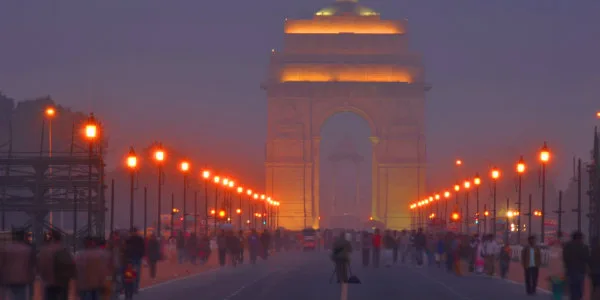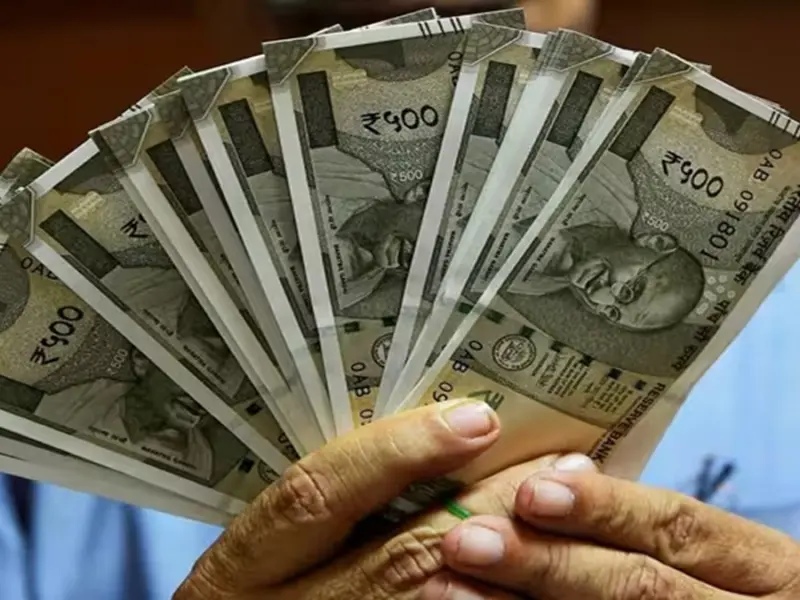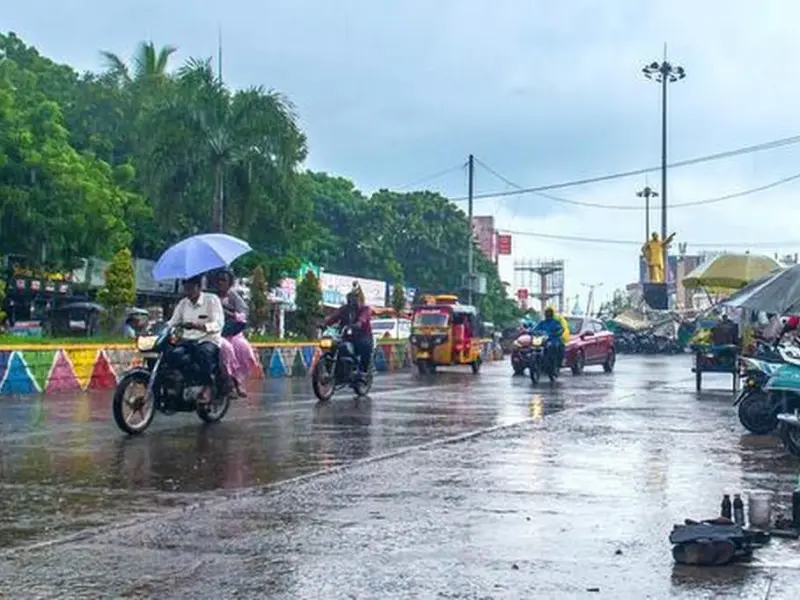As Diwali approaches, signaling the start of winter in many parts of India, the weather remains warmer than expected in Delhi-NCR. The India Meteorological Department (IMD) has released a forecast, noting that the impact of Cyclone Dana in the Bay of Bengal and additional cyclonic circulations in various regions may lead to significant weather changes. These conditions are anticipated to affect southern Odisha, coastal Andhra Pradesh, and areas above the southwestern Arabian Sea.
Cold Weather for North India, Rain Alerts for South and Central Regions
According to IMD’s forecast for October 29 to November 3, northern India will gradually experience cooler temperatures as winter sets in. Meanwhile, several parts of South and Central India are likely to receive heavy rainfall due to active cyclonic circulation. Affected regions include:
- Odisha and Coastal Andhra Pradesh
- Chhattisgarh, Madhya Pradesh, and Maharashtra
- Jharkhand, Karnataka, Kerala, and Tamil Nadu
- Andaman and Nicobar Islands, West Bengal, Bihar, Eastern Uttar Pradesh, Konkan-Goa, Lakshadweep, Leh-Ladakh, and Jammu & Kashmir
Rainfall in these areas is expected to vary from light to moderate, prompting residents to remain cautious and prepared for weather disruptions.

Delhi-NCR: Early Signs of Winter
In Delhi-NCR, colder mornings and evenings are expected post-Diwali, with a gradual dip in temperatures starting around November 15. IMD projects dry and clear conditions until November 5, after which a significant increase in cold can be anticipated, urging residents to bring out their warmer clothing.
Current Weather Trends in Delhi
On October 29, Delhi recorded a maximum temperature of 31.87°C, with humidity at 33% and wind speeds reaching 33 km/h. The minimum and maximum temperatures tomorrow, October 30, are predicted to be around 27.16°C and 35.5°C, respectively. These fluctuating temperatures reflect the transitional phase between seasons in the region.
La Niña Effect and a Cooler Winter
International weather organizations have indicated that La Niña could bring a colder-than-usual winter to North India from November to February. This phenomenon often intensifies winter temperatures, although IMD has not yet issued an official statement




